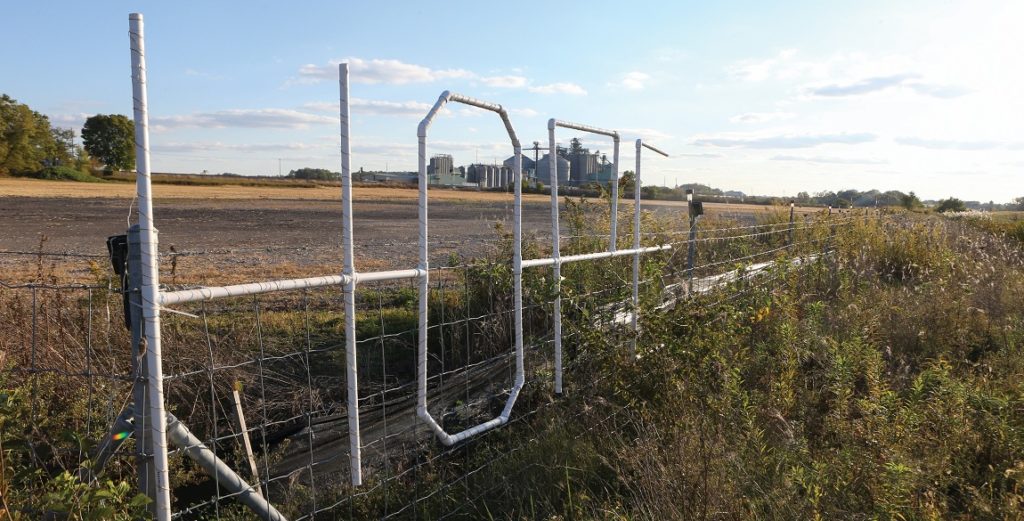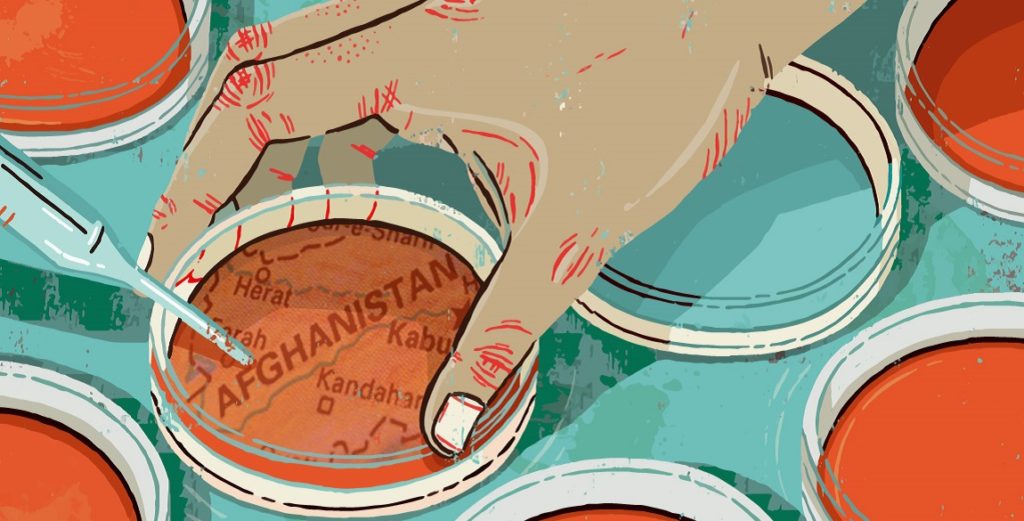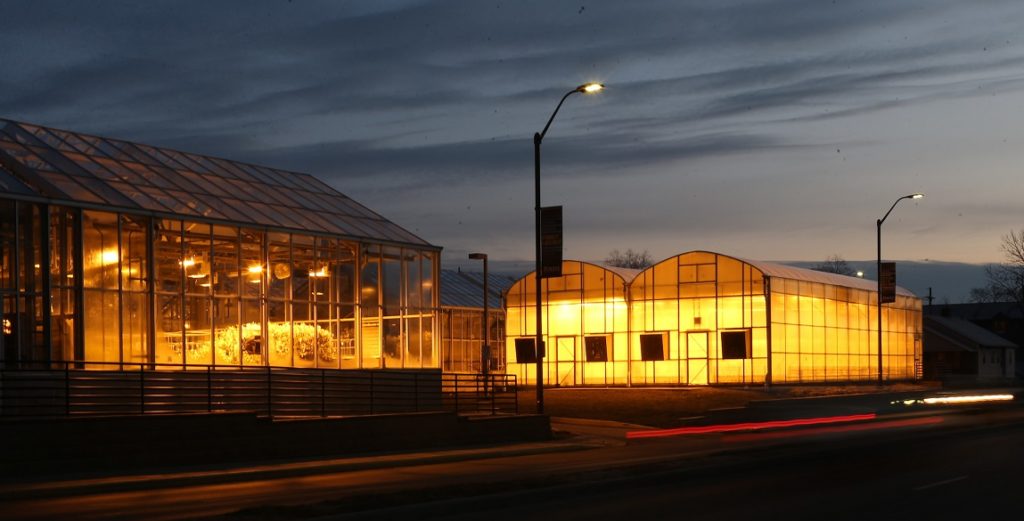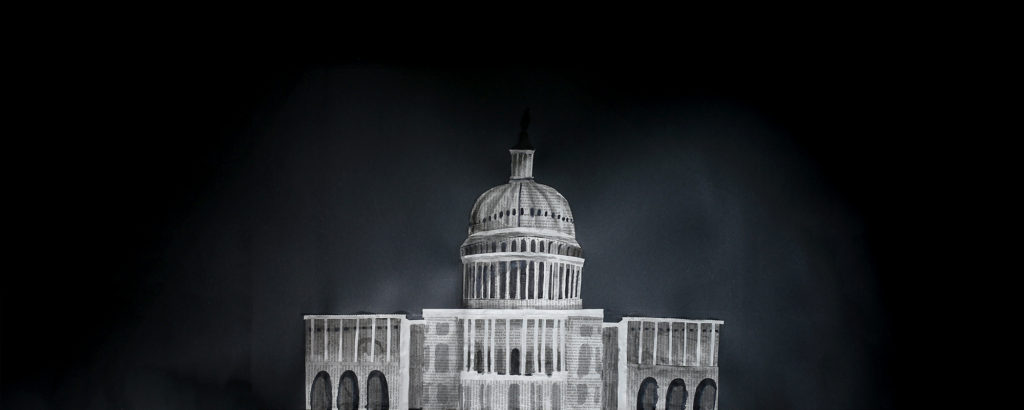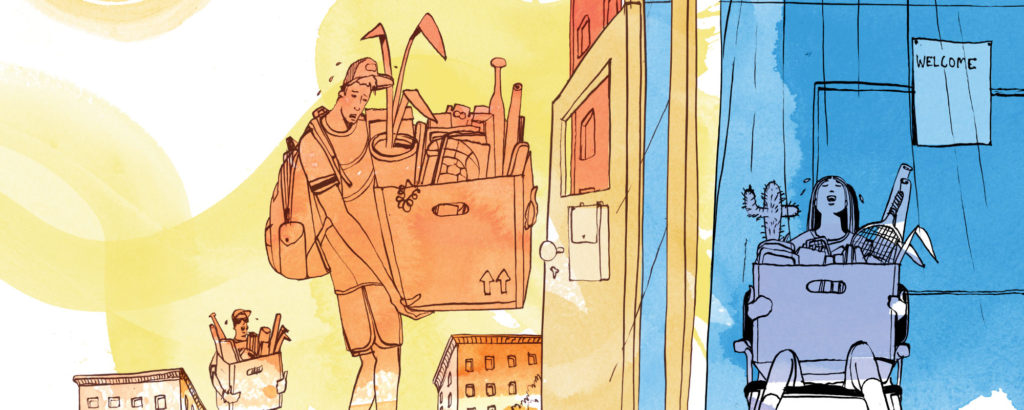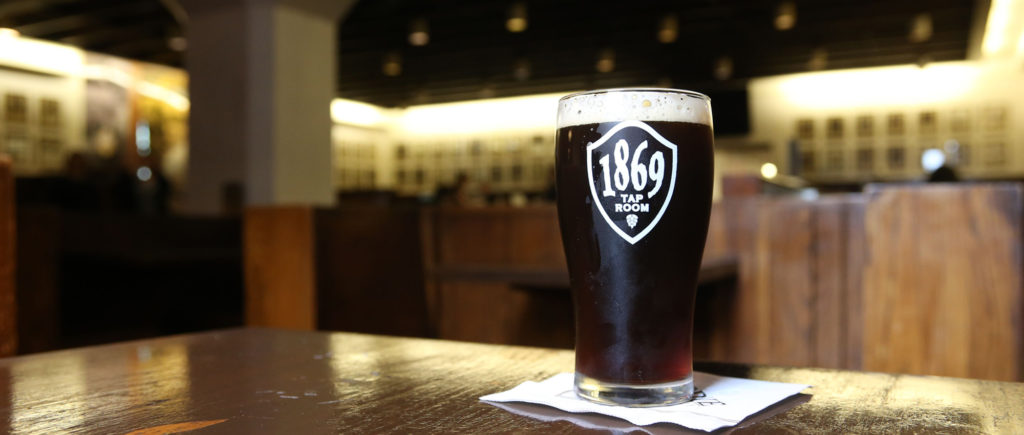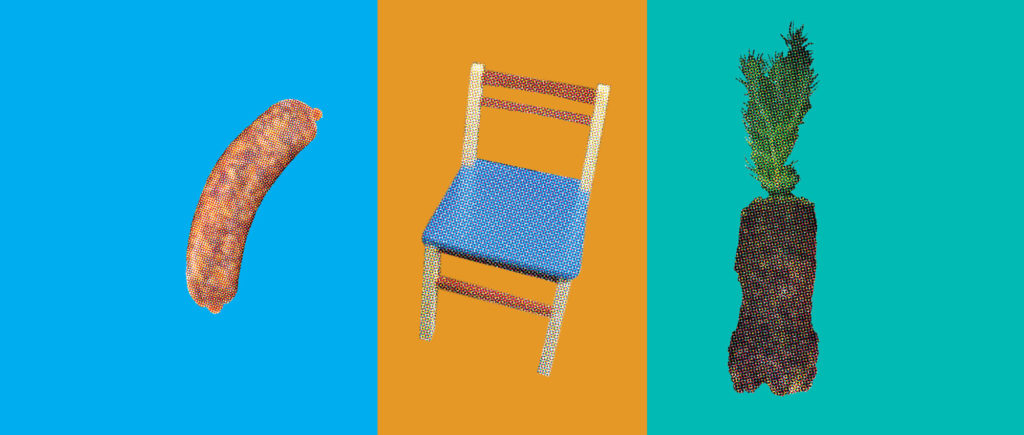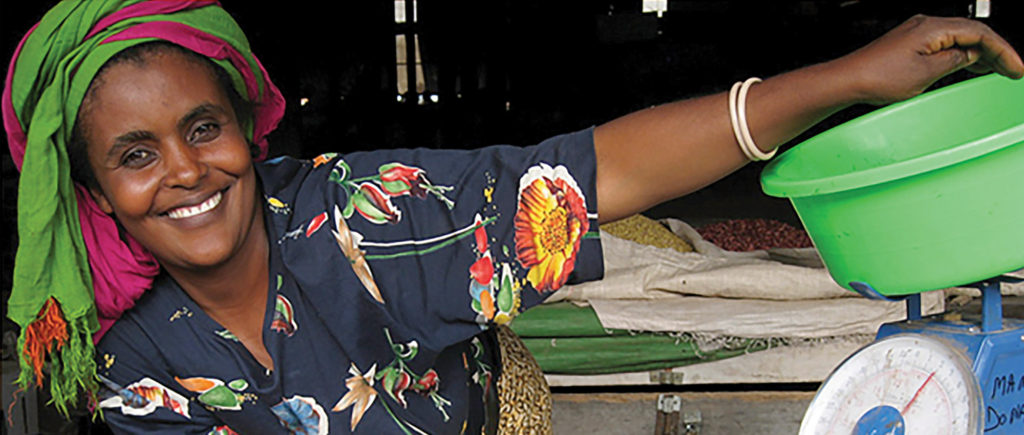Feature
The Silent Work of Forests
Designing a Healing Space
Taking the Land-Grant Model Global
Were there challenges?” Haley Oliver, associate professor of food science, asks, reflecting on her experience establishing a food technology degree program at Herat University in Herat, Afghanistan. “The real question is: Where weren’t there challenges?”
Read MoreAn Inside Take on Agriculture
Krishna Nemali, assistant professor of horticulture and landscape architecture and one of the leaders of the department’s controlled environment agriculture initiative, is working up a sweat tending a few small trays of seedlings — primarily lettuce and other green vegetables. Nemali and a team of researchers and Extension specialists are doing more than growing plants here; they’re nurturing an entire industry.
Read MoreWhen They Speak, Policymakers Listen
When They Speak, Policymakers Listen Assessing alternatives and consequences The “alternatives and consequences approach,” pioneered in the 1930s by Department of Agricultural Economics faculty members John Kohlmeyer and J. Carroll Bottum, infuses much of Tyner’s teaching. It’s also a mindset the department is passionate about passing on to junior faculty and students. “I tell my…
Read MoreClimate Change Comes to Campus
Climate Change Comes to Campus Heat’s impact on health The consolation for students of the 2050s is that all residence halls are likely to have air conditioning by then — and they’ll have to, for several health reasons. “Those move-in weeks can be hot,” says Barb Frazee, executive director of University Residences. “But because we’re…
Read MoreHelping Breweries Tap into Their Potential
Helping Breweries Tap into Their Potential Brian Farkas, professor and head of the Department of Food Science, loves a good pint. But he thinks the department has valuable expertise to offer craft breweries in Indiana and the Midwest. “Many brewers are not scientists,” he points out. With the advent of a fermentation sciences program and the…
Read MoreOur Surprising Strength: Cancer Research
Our Surprising Strength: Cancer Research Andy Tao tempered his expectations when his lab started an experiment to see whether they could identify phosphorylated proteins in blood. Phosphorylation — the addition of a phosphate group to a protein — is often a precursor to cancer cell formation, but detecting the process would only be half the battle.…
Read MoreUsing the Unused
Using the Unused Millions of dollars have been spent to stop the spread of invasive Asian carp throughout the Midwest’s rivers. The fish, introduced in the Southeast to control weeds and parasites in aquaculture, escaped decades ago into the Mississippi River and have been slowly making their way to the Great Lakes, where they threaten to outcompete…
Read MoreSaving for the Future
Saving for the Future It’s impossible to measure the full impact of Madame Astou Gaye Mbacke’s entrepreneurship on the people of Senegal—and it all grew from small golden grains of millet. Her facility processes cereal-based products from grains grown by Senegalese farmers, including signature products of millet grain mixed with mango, baobab, or other local…
Read More
